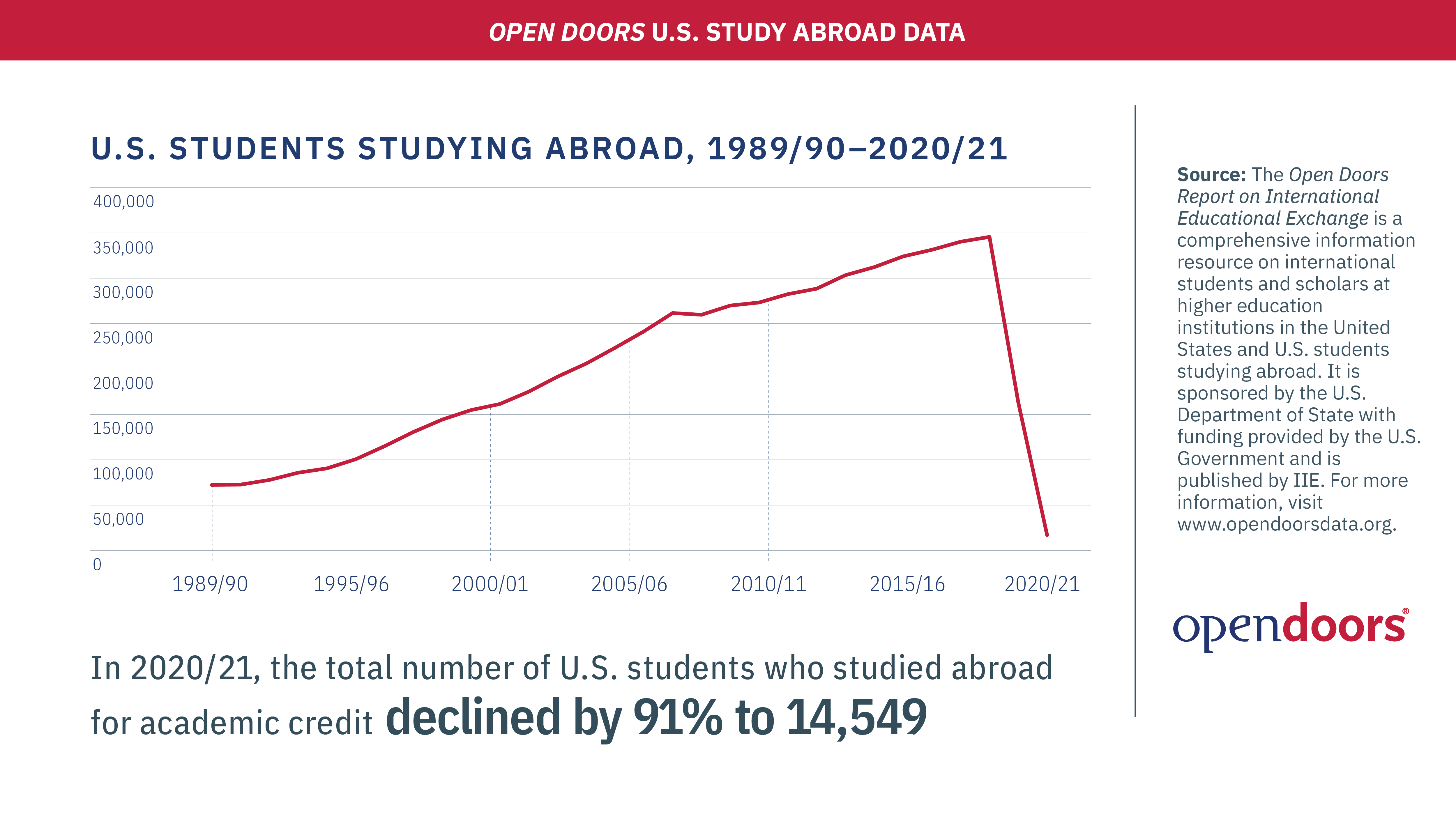The Eurovision Voting System: How Your Country's Votes Count

Table of Contents
The Two Voting Methods: Professional Juries and Public Voting
The Eurovision voting system utilizes a dual approach, combining the judgment of professional juries with the passion of the public vote. This 50/50 split aims to balance critical appraisal with popular opinion, offering a holistic assessment of the performances.
-
Professional juries: Each participating country assembles a panel of five music industry experts. Their identities remain confidential until the results are revealed on the night, ensuring impartiality and minimizing external influence on their decisions. These experts consider various aspects of the performance, including vocal ability, stage presence, musical originality, and overall impact. Their votes are crucial to providing a nuanced perspective on the competition.
-
Public voting: Viewers in each participating country can vote for their favorite acts via telephone, SMS text message, or dedicated Eurovision apps. This ensures widespread audience participation and reflects the broader popularity of the competing songs. The ease of access to these various voting methods aims to include as many viewers as possible. This element brings the energy and excitement of the fan base directly into the final score calculation.
The combination of Eurovision jury voting and Eurovision public voting creates a robust and representative system, aiming for a fair and balanced outcome that reflects both critical and popular opinions.
How Jury Voting Works
The Eurovision jury voting process is designed to be rigorous and impartial. The selection of jury members is carefully considered to ensure a broad range of musical expertise and to prevent conflicts of interest.
-
Jury member selection: Each country selects its jury members according to pre-defined criteria, emphasizing experience and expertise within the music industry. These criteria are often designed to minimize bias and conflicts of interest, ensuring fair and impartial evaluation.
-
The ranking process: Each jury member independently ranks all the participating countries from their favorite to least favorite. They don't award points directly; instead, they rank.
-
Points allocation: Points are then automatically allocated based on the rankings. The top-ranked country receives 12 points, the second-ranked receives 10 points, and so on, down to 1 point for the tenth-ranked country. This standardized system ensures consistency and avoids subjective interpretation of scores.
-
Safeguards against bias: The secret nature of the jury voting process, coupled with the independent ranking system, is designed to minimize the influence of individual biases and prevent manipulation.
How Public Voting Works
Public voting in Eurovision forms a vital part of the overall score, directly reflecting the preferences of viewers across Europe and beyond. However, rigorous safeguards are in place to prevent manipulation and ensure a fair outcome.
-
Voting timeframe: A specific timeframe is allocated for public voting, generally during the live broadcast of the show. This helps to avoid extended periods of voting that could increase the potential for manipulation.
-
Multiple voting methods: To increase accessibility and participation, viewers can utilize various methods—telephone, SMS, and official apps—to cast their votes. This design ensures a broad range of viewers can participate regardless of their technological comfort levels.
-
Vote limits: To prevent individual voters from disproportionately influencing the result, limits are typically placed on the number of votes per person or per phone number. This measure aims for a more balanced representation of public opinion.
-
Vote aggregation: Once the voting period closes, the votes are aggregated, and the results are independently verified to ensure the integrity of the process. Any suspicious voting patterns are flagged and investigated to maintain the fairness of the Eurovision televoting process.
Calculating the Final Score: Combining Jury and Public Votes
The final score for each participating country is calculated by combining the jury and public votes in a precisely defined way. This 50/50 split ensures that neither the critical appraisal of the juries nor the enthusiasm of the public dominates the outcome.
-
Separate tallies: The jury votes and the public votes are tallied separately for each participating country. This allows for a clear understanding of the separate contributions to the final score.
-
Equal weighting: The jury score and the public vote score are given equal weighting (50% each). This 50/50 split is a core principle of the Eurovision voting system.
-
Live score reveal: The final scores for each country are announced live during the show, providing a dramatic conclusion to the voting process. The reveal creates a build-up of anticipation for viewers worldwide.
-
Transparency and fairness: The transparent method ensures that the outcome is both fair and reflective of a balance between professional evaluation and popular opinion. This process aims to ensure the Eurovision score calculation is fair and impartial.
Understanding Null Points and Non-Voting Countries
While most countries receive points in the Eurovision Song Contest, it's not uncommon for some to receive zero points from both the juries and the public. Furthermore, occasional situations arise where countries cannot participate in the voting.
-
Zero points: Receiving zero points doesn't indicate a poor performance, necessarily, but rather reflects the collective preferences of both juries and the public. It's simply a consequence of the voting system, and it's a common occurrence in the competition.
-
Non-voting situations: In rare cases, technical issues or other unforeseen circumstances might prevent a country from participating in the voting process. The rules governing such situations are clearly defined to ensure fairness. These cases are usually dealt with transparency.
-
Rule clarification: The official Eurovision rules outline the procedures for these exceptional circumstances to maintain the integrity and fairness of the competition. These rules are designed to handle any unforeseen situations which could potentially affect the results.
Conclusion
The Eurovision Voting System is a multifaceted process designed to balance professional judgment with public enthusiasm. By understanding the interplay of jury voting and public voting, viewers can fully appreciate the nuances of the competition and the journey to crowning the Eurovision champion. Learning more about the Eurovision Voting System will enhance your enjoyment of the contest. So, dive deeper into the fascinating intricacies of the voting process and be better prepared for the next Eurovision Song Contest!

Featured Posts
-
 Seguridad Reforzada Policia Nacional Protege Las Instalaciones Del Cne En Caracas
May 19, 2025
Seguridad Reforzada Policia Nacional Protege Las Instalaciones Del Cne En Caracas
May 19, 2025 -
 Norway Cruises To World Cup Qualifying Win With Haalands Five Goals
May 19, 2025
Norway Cruises To World Cup Qualifying Win With Haalands Five Goals
May 19, 2025 -
 The Continuing Tariff Crisis Fp Videos Insights From Home And Abroad
May 19, 2025
The Continuing Tariff Crisis Fp Videos Insights From Home And Abroad
May 19, 2025 -
 Eurovision 2025 Fechas Semifinales Y Datos Clave Del Festival
May 19, 2025
Eurovision 2025 Fechas Semifinales Y Datos Clave Del Festival
May 19, 2025 -
 Ta Onomastiria Toy Ierosolymon T Heofiloy Imera Giortis Kai Paradosi
May 19, 2025
Ta Onomastiria Toy Ierosolymon T Heofiloy Imera Giortis Kai Paradosi
May 19, 2025
